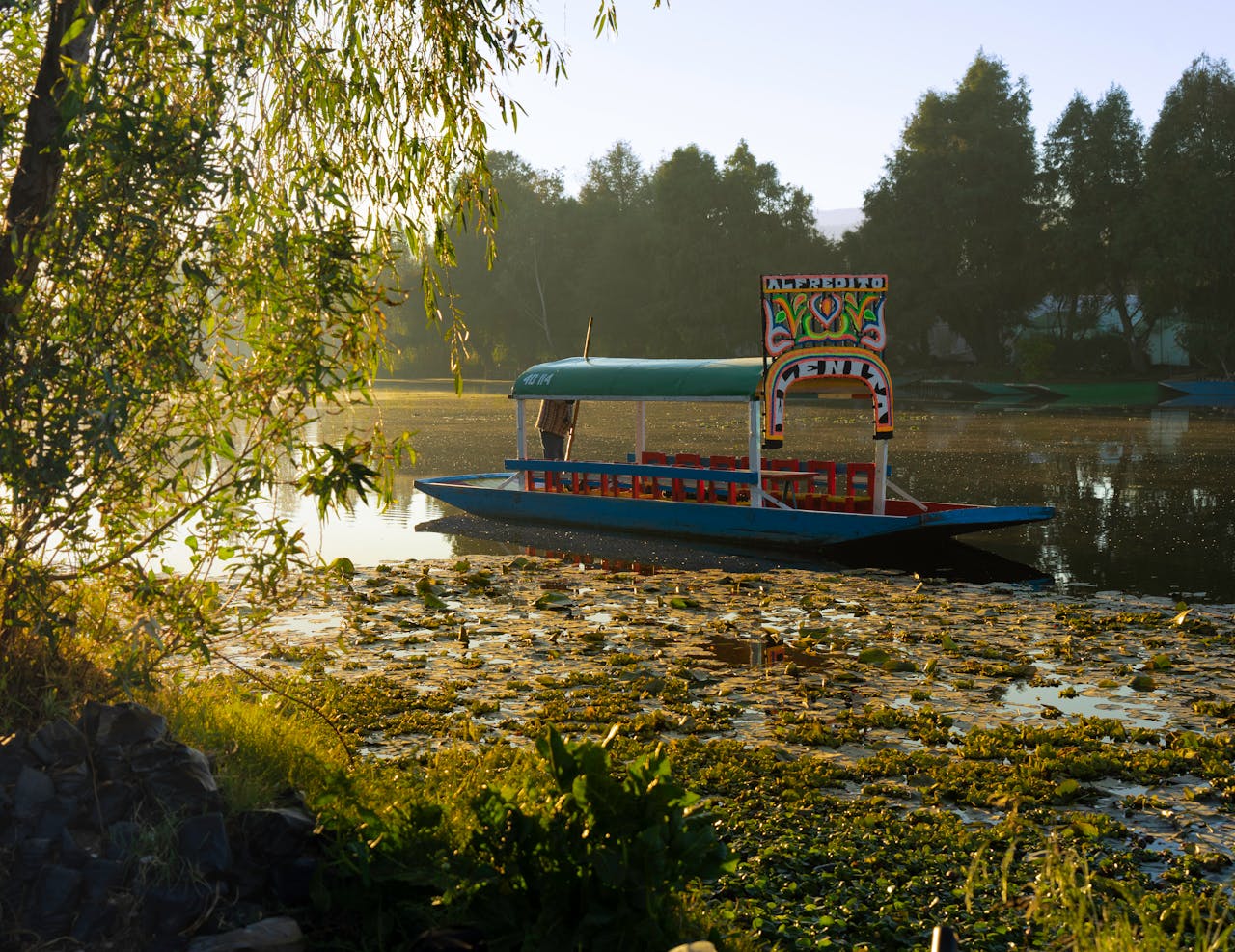Looking for the perfect walking tour Cartagena experience? Start where the city began: inside the UNESCO-listed Walled City and the artsy barrio of Getsemaní. In just a couple of hours you’ll step through centuries—Indigenous roots, the Spanish conquest, the slave trade routes, independence battles, Caribbean modernity—and finish amid street art and live rhythms. Below you’ll find an easy route, what you’ll see at each stop, etiquette for tip-based “free” tours, and practical advice so you can pick the walking tour Cartagena that matches your pace and interests.
Why a free walking tour Cartagena is the best first day plan
Free tours in Cartagena are tip-based: there’s no fixed price; you pay what you feel the tour was worth (most travelers tip US$10–$50 per person depending on length and quality). It’s a low-barrier way to learn the layout, get restaurant and museum recs from a licensed guide, and decide what you’ll revisit later. Most companies offer English and Spanish groups and run morning and late-afternoon to dodge the midday heat.
The essential route (about 2–2.5 hours)
Camellón de los Mártires & Torre del Reloj
Begin at Camellón de los Mártires (Plaza de Cervantes) and walk toward the Torre del Reloj—the “Golden Key” to the city. Guides set the scene with the people who lived here before and during the Spanish arrival, then lead you into the Walled City through this iconic gateway.
Portal de los Dulces & Plaza de la Aduana
Under the candy-colored arcades of the Portal de los Dulces, hear about the women who shaped Cartagena’s sweet-making traditions in the shadow of slavery. Steps away, Plaza de la Aduana once orchestrated colonial commerce—goods, gold, and, tragically, enslaved people. Today it frames stately buildings that speak to Cartagena’s trading power.
Museums & San Pedro Claver
Skirt the Museo de Arte Moderno for mid-century Caribbean/Latin works; peek at the Museo del Oro Zenú for Indigenous craft traditions; and pass the Museo de la Esmeralda to learn why Colombian emeralds fascinate the world. In Plaza San Pedro Claver, the church and cloister honor the Jesuit priest known as the “Slave of the Slaves,” and the square becomes a quiet lesson in compassion and human rights.
Bastions, Pirates & Plaza Simón Bolívar
On or near one of the city’s bastions, guides unpack pirate raids and Spanish defense strategy before crossing to Plaza Simón Bolívar, a leafy pause with fountains, shade, and a statue of the Liberator. From here you’ll hear the throughline from resistance to independence.
Calle Román, Parque Centenario & Getsemaní
Continue along Calle Román toward Parque Centenario—a remnant of tropical dry forest where you may spot iguanas, squirrels, and even sloths. Cross into Getsemaní via the Callejón Ancho: umbrellas overhead, murals along the walls, salsa and champeta on the breeze. End at Plaza de la Trinidad, the neighborhood’s beating heart, ringed by cafés and local joints perfect for a post-tour refresco.
What makes this walking tour Cartagena special?
Story-first guiding
The best tours weave the Walled City’s baroque balconies and coral-stone fortifications into human stories: Indigenous lifeways, forced migration, religious orders, and the everyday lives of today’s Cartageneros.
Getsemaní’s living canvas
You won’t just spot murals—you’ll decode them. Guides explain the symbols (Afro-Caribbean identity, neighborhood heroes, political critique) and point out how new pieces appear weekly, keeping Getsemaní dynamic.
Insider recommendations
Most free-tour guides finish with a rapid-fire hit list: where to try mote de queso or posta negra, which sunset walls are least crowded, which cafés have AC, and how to time popular museums.
Practical tips before you go
What to bring
Sunscreen, breathable clothing, comfortable shoes with grip (slick stones after rain), water, and small cash for tips. A light umbrella doubles as sunshade and shower insurance.
Timing & weather
Aim for 8:30–9:30 a.m. or 4:00–5:00 p.m. to minimize heat. Cartagena is humid year-round; brief downpours are common, especially May–Nov.
Respect & safety
Ask before photographing vendors or residents. Keep phones secure near crowds; your guide will flag any pickpocket-prone pinch points.
Languages & group size
Confirm English/Spanish departures. Smaller groups mean more questions and plaza time; tip accordingly.
Where to stay to make touring effortless
Base yourself near the action so you can stroll to your meeting point and wander back after sunset:
- Treat yourself to luxury places to stay in Cartagena via The Collection—design-forward spaces that pair privacy with boutique-hotel polish.
- Prefer an apartment-style feel? Explore places to stay in Cartagena by Wynwood House for stylish stays with reliable Wi-Fi, kitchenettes, and easy access to both the Walled City and Getsemaní.
How to choose and book a walking tour Cartagena
- Pick your focus: Classic history + Getsemaní murals; or deeper dives (food tastings, museum interiors).
- Check duration: Most free tours run 2–2.5 hours with short shade/water breaks.
- Reserve or walk up: Many outfits accept walk-ups at the Torre del Reloj/Plaza de Cervantes; in high season, reserve online to secure your language/time slot.
- Budget for tips: Bring small bills. Think per-person and scale for group size and guide excellence.
Sample post-tour mini-itinerary
- Golden hour on the walls: Head to Baluarte de Santo Domingo for sea breeze and sunset views.
- Dinner in Getsemaní: Try a local fonda for fried fish with coconut rice, patacones, and suero.
- Night stroll: Return through the Walled City when balconies glow and plazas host live music.
FAQs
How much does a free walking tour Cartagena cost?
There’s no fixed fee; you tip at the end. Typical ranges are US$10–$50 per person based on length, group size, and guide quality.
Do tours run in English?
Yes. Most operators offer English and Spanish departures. Confirm your language when reserving.
What should I wear/bring?
Light clothes, hat, sunscreen, comfy shoes, and a refillable bottle. A small umbrella helps for sun and showers.
Are museums included?
Free tours usually do not include paid museum entries; they point them out so you can revisit later.
Where do tours start and end?
Common starts: Camellón de los Mártires or Torre del Reloj. Many end in Getsemaní at Plaza de la Trinidad, close to cafés and taxis.




